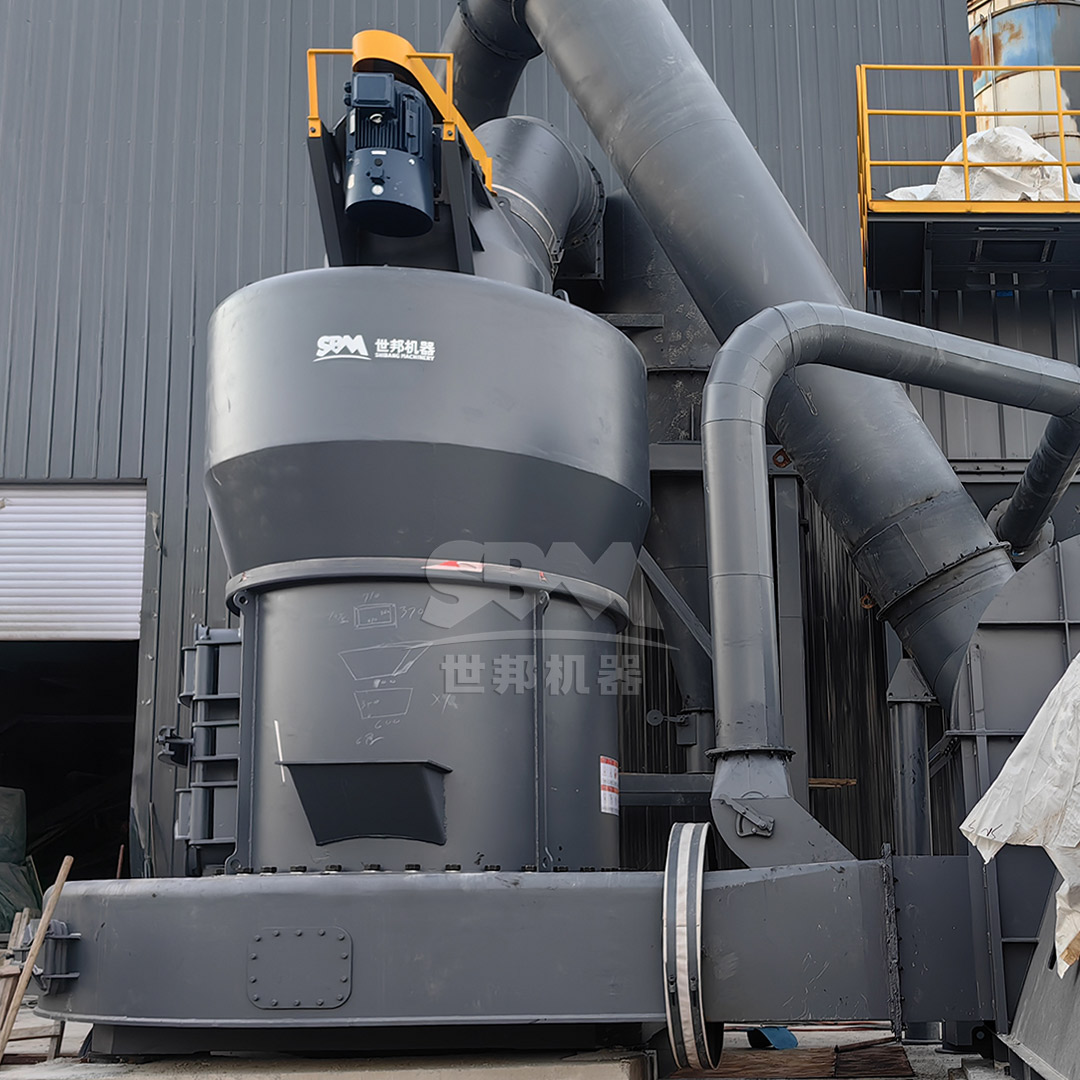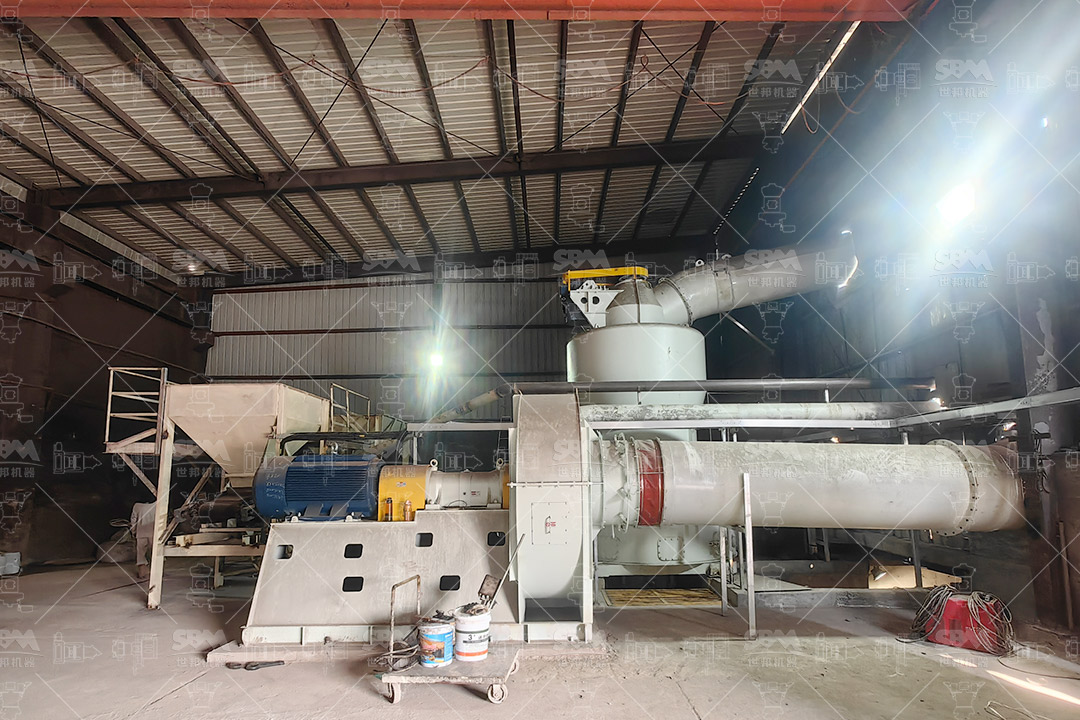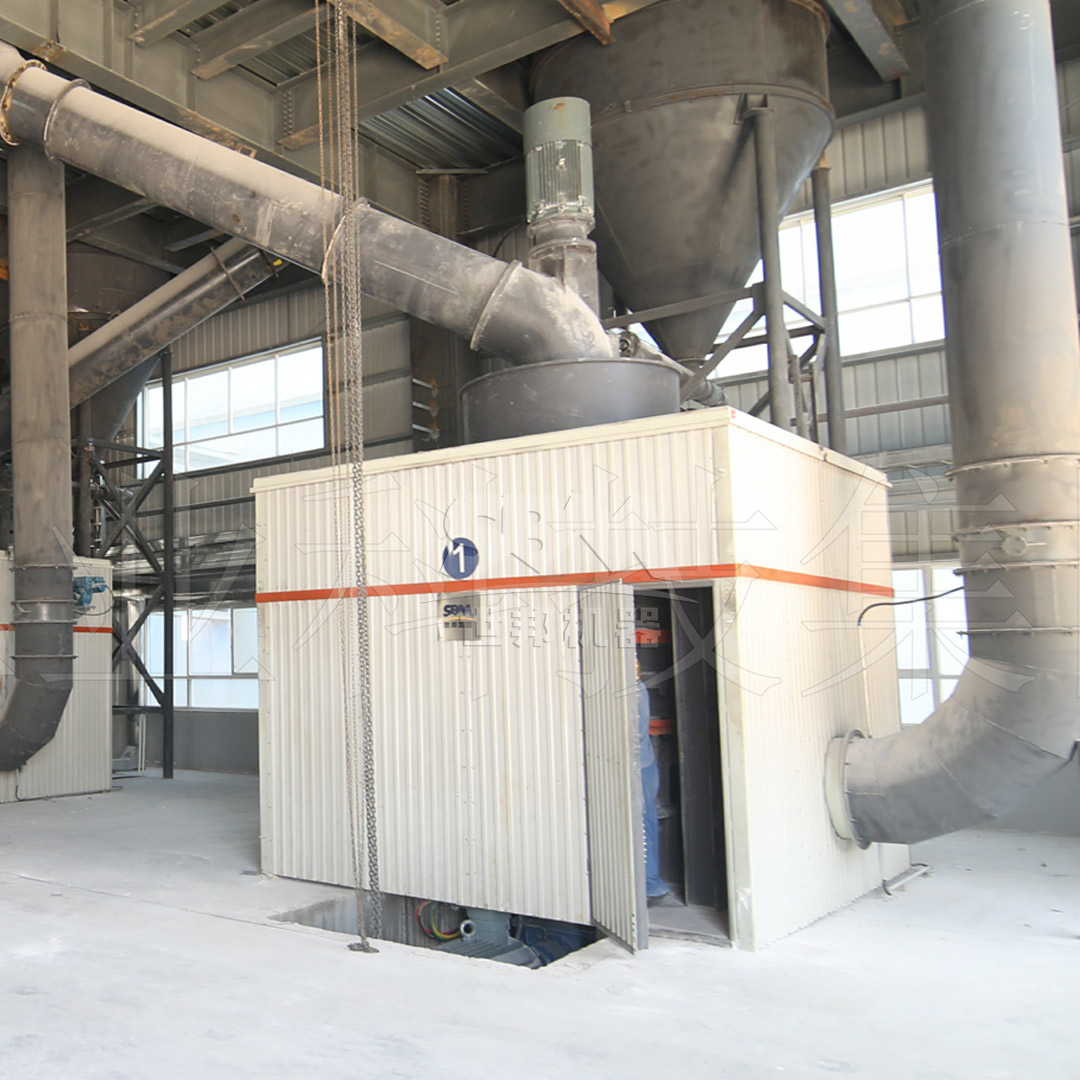In the rapidly evolving field of high-precision electrical components, the quality of raw materials directly determines the performance and reliability of the final product. Graphite powder, with its exceptional electrical conductivity, thermal stability, and lubricating properties, has become indispensable in applications ranging from lithium-ion battery anodes to conductive coatings and electromagnetic shielding. However, the effectiveness of graphite in these advanced applications is entirely dependent on achieving precise particle size distribution, high purity, and consistent morphology—requirements that can only be met through sophisticated grinding technology.

Producing high-quality graphite powder presents several significant challenges. Natural graphite flakes must be reduced to micron-level particles while maintaining their crystalline structure and avoiding contamination. The grinding process must achieve narrow particle size distributions (typically D97 ≤ 5μm for premium applications) without introducing excessive heat that could oxidize the material. Additionally, graphite’s natural lubricity makes it difficult to grind efficiently using conventional equipment, requiring specialized milling technology designed specifically for such materials.
Effective graphite grinding equipment must meet several critical technical specifications to produce powder suitable for high-precision electrical components. The machine must operate with precise temperature control to prevent oxidation, incorporate efficient classification systems to ensure consistent particle size, and maintain absolute purity by preventing metallic contamination from wearing parts.
For electrical applications, the particle size distribution directly affects conductivity, packing density, and surface area. Batteries require specific surface area optimization for optimal ion transport, while conductive coatings need tightly controlled particle sizes for uniform film formation. Advanced grinding systems must incorporate precision air classifiers capable of making sharp cuts at micron-level sizes, with the ability to adjust the fineness according to application requirements.
Metallic contamination from grinding media can severely compromise the electrical properties of graphite powder. Premium grinding equipment addresses this challenge through specialized wear-resistant materials for grinding components, often using ceramics or specially treated alloys that minimize metal transfer. Additionally, innovative designs that reduce metal-to-metal contact points in the grinding chamber further enhance purity.

Several grinding technologies have proven effective for graphite processing, each with distinct advantages for specific applications and production scales. Understanding these technologies is essential for selecting the optimal equipment for particular graphite powder requirements.
For applications requiring the finest particle sizes (325-2500 mesh), ultrafine grinding systems offer unparalleled performance. These systems typically combine mechanical impact grinding with precision air classification to achieve D97 values as low as 5μm. The most advanced models feature intelligent control systems that automatically adjust operational parameters to maintain consistent product quality despite variations in feed material characteristics.
Vertical roller mills provide an efficient solution for medium to large-scale graphite powder production. Their unique grinding mechanism, which applies pressure rather than impact, is particularly well-suited to graphite’s flaky structure. This method produces particles with favorable aspect ratios for many electrical applications while offering high energy efficiency and relatively low wear rates compared to alternative technologies.
Among the various technologies available for graphite powder production, the SCM Ultrafine Mill stands out as particularly well-suited for applications requiring the highest levels of precision and consistency. This advanced grinding system combines several innovative features that address the specific challenges of graphite processing.
The SCM Ultrafine Mill achieves remarkable performance characteristics that make it ideal for producing graphite powder for electrical components. With an output fineness range of 325-2500 mesh (D97 ≤ 5μm) and processing capacity from 0.5 to 25 tons per hour depending on model, it meets the production requirements of both specialized applications and large-scale manufacturing. The mill’s vertical turbine classifier ensures precise particle size control, eliminating coarse particle contamination that could compromise electrical performance.
| Model | Processing Capacity (ton/h) | Main Motor Power (kW) | Input Size (mm) | Output Fineness (mesh) |
|---|---|---|---|---|
| SCM800 | 0.5-4.5 | 75 | 0-20 | 325-2500 |
| SCM900 | 0.8-6.5 | 90 | 0-20 | 325-2500 |
| SCM1000 | 1.0-8.5 | 132 | 0-20 | 325-2500 |
| SCM1250 | 2.5-14 | 185 | 0-20 | 325-2500 |
| SCM1680 | 5.0-25 | 315 | 0-20 | 325-2500 |
The SCM Ultrafine Mill delivers exceptional energy efficiency, with consumption rates approximately 30% lower than conventional jet mills while providing twice the production capacity. This efficiency is achieved through optimized grinding chamber design and intelligent control systems that automatically adjust operational parameters based on real-time feedback of product fineness. The mill’s unique bearingless screw grinding chamber design ensures stable operation with minimal vibration, contributing to consistent product quality and reduced maintenance requirements.
Graphite’s abrasive nature presents significant challenges for grinding equipment durability. The SCM Ultrafine Mill addresses this through specially hardened grinding rollers and rings that offer several times the service life of conventional components. This extended durability not only reduces maintenance costs but also minimizes the risk of metallic contamination—a critical consideration for electrical-grade graphite powders. The fully enclosed negative pressure operation system ensures no dust leakage, maintaining a clean working environment while preserving product purity.

For applications that require slightly larger particle sizes or higher production volumes, the MTW Series Trapezium Mill offers an excellent balance of performance, capacity, and operational economy. With an output fineness range of 30-325 mesh (down to 0.038mm) and processing capacities from 3 to 45 tons per hour, this mill is ideally suited for producing graphite powders for applications such as conductive plastics, lubricants, and standard battery grades.
The MTW Series incorporates several innovative design elements that enhance its performance for graphite processing. The curved air channel design reduces energy loss during material transport, improving overall efficiency. The wear-resistant volute structure eliminates flow resistance, enhancing air classification efficiency while reducing maintenance requirements by approximately 30%. The integrated bevel gear transmission system achieves 98% transmission efficiency, saving space and reducing installation costs.
With multiple models available, the MTW Series can be precisely matched to specific production requirements. The MTW215G model, with its 280kW main motor and capacity of 15-45 tons per hour, serves large-scale production facilities, while smaller models like the MTW110 (3-9 tons/hour) are ideal for specialized applications or pilot production. This flexibility allows manufacturers to optimize their grinding operations according to their specific graphite powder requirements.
Producing graphite powder for high-precision electrical components requires rigorous quality control throughout the manufacturing process. Advanced grinding equipment must be integrated with comprehensive testing protocols to ensure consistent product quality that meets the exacting standards of the electronics industry.
Modern grinding systems should incorporate real-time particle size monitoring to maintain tight control over product specifications. Laser diffraction analyzers can provide continuous feedback on particle size distribution, allowing automatic adjustments to grinding parameters to compensate for variations in feed material characteristics. This real-time control is essential for applications where consistent electrical performance is critical.
Regular testing for metallic impurities must be conducted using techniques such as X-ray fluorescence (XRF) or inductively coupled plasma (ICP) analysis. The design of advanced grinding equipment minimizes contamination risks, but verification testing remains essential for quality assurance, particularly for applications in sensitive electronic components where even trace contaminants can degrade performance.
The demand for higher performance electrical components continues to drive innovation in graphite powder production. Several emerging trends are likely to shape the future of graphite grinding technology and its applications in the electronics industry.
As electronic devices continue to miniaturize, there is growing interest in nano-structured graphite materials with unique electrical and thermal properties. Producing these materials requires grinding technologies capable of achieving particle sizes below 100 nanometers while maintaining crystallinity and avoiding agglomeration. Advanced classification systems and specialized grinding mechanisms are being developed to meet these challenging requirements.
Environmental considerations are increasingly important in graphite powder production. Modern grinding equipment addresses these concerns through energy-efficient designs, closed-loop systems that minimize material loss, and advanced dust collection technology that ensures compliance with stringent environmental regulations. The SCM Ultrafine Mill, with its pulse dust collector exceeding international standards and noise levels below 75dB, exemplifies this commitment to sustainable operation.
The integration of grinding equipment with Industry 4.0 technologies enables unprecedented levels of process control and optimization. Smart sensors, predictive maintenance algorithms, and cloud-based monitoring systems allow for real-time optimization of grinding parameters based on product quality feedback, raw material variations, and energy consumption patterns. This digital transformation is making graphite powder production more efficient, consistent, and responsive to the evolving needs of the electronics industry.
The production of high-quality graphite powder for precision electrical components represents a significant technological challenge that requires advanced grinding equipment specifically designed for this demanding application. The SCM Ultrafine Mill, with its ability to produce powders with D97 values as low as 5μm while maintaining high purity and consistent particle morphology, has established itself as a leading solution for manufacturers seeking to meet the exacting standards of the electronics industry. As electronic devices continue to evolve toward higher performance and miniaturization, the role of specialized grinding technology in enabling these advances will only grow in importance, making the selection of appropriate grinding equipment a critical decision for graphite powder producers serving this dynamic market.